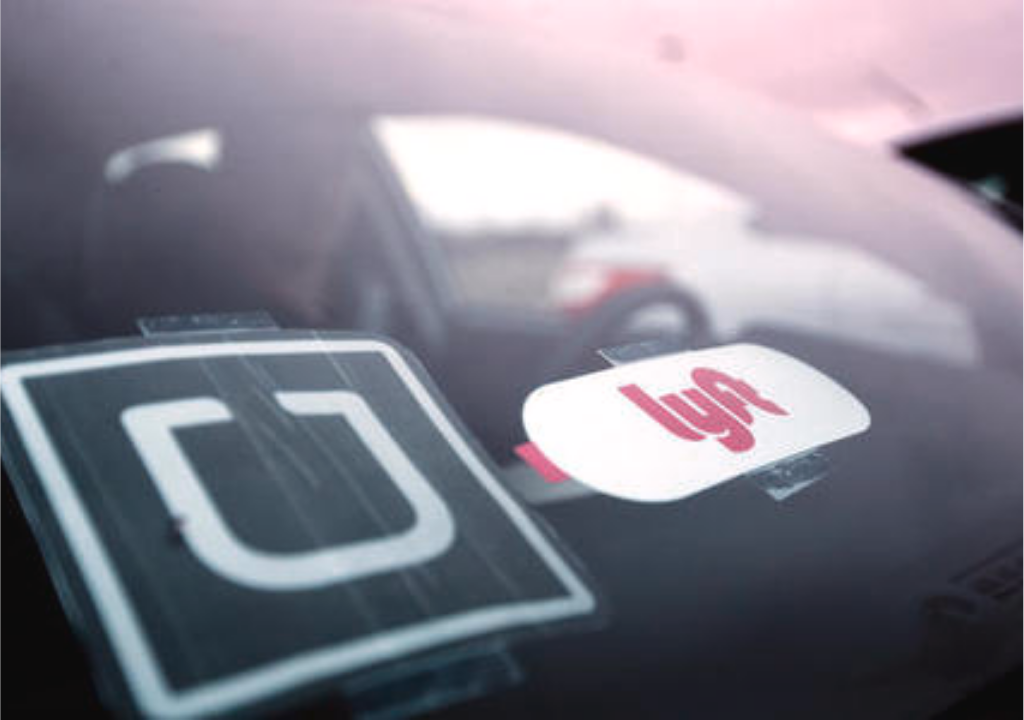Nearly half of Uber and Lyft drivers in the U.S. have quit or are driving less due to high gas prices caused by Russia’s war in Ukraine, despite temporary fuel surcharges added to fares by those ride-hailing companies, according to a survey.
“Forty-three percent of Uber and Lyft drivers still say they’re driving less or have quit completely despite the new fuel surcharges,” Harry Campbell, founder and CEO of The Rideshare Guy (RSG), a blog and podcast dedicated to helping rideshare drivers earn more money and stay on top of industry news, told TechCrunch. “This compares to 53% of drivers who said the same before the fuel surcharges were announced.”
The Rideshare Guy originally polled drivers on how they felt about the rising gas prices, collecting 325 responses from Uber and Lyft drivers between March 7 and March 11 via email and social media. When the surcharges were announced in mid-March — a fee of $0.45 to $0.55 per ride for Uber customers, and $0.55 for Lyft customers, to go directly to the drivers — RSG sent out another poll between March 22 and March 24, this time collecting 252 responses.
“Many drivers say that the fuel surcharge are not enough and they would have preferred to see a per-mile surcharge to account for the increased fuel expenditure on long trips instead of a flat fee,” said Campbell.
A Lyft driver in Orlando, Florida told TechCrunch the $0.55 per trip surcharge is “an insult to the drivers.”
Both Uber and Lyft saw a year-over-year increase in revenue from 2020 to 2021, which both have said is in part thanks to increased trips to airports as post-pandemic travel increases. Airport trips are good drivers of revenue growth because they’re typically longer and therefore cost more; however, it’s exactly trips like these that drivers say require more than a standard $0.55 surcharge.
Driver Angela Ryan, who shared with RSG that she stopped driving entirely due to the high gas prices, suggests Uber and Lyft implement a fluctuating surcharge, one that’s smaller for shorter trips and larger for longer rides or ones that are more labor- and gas-intensive. For example, an additional surcharge for rides where drivers have to carry luggage, groceries or anything else that adds weight to a car, or rides that require driving up hilly or mountainous neighborhoods, which would expend more gas.
“We really should be compensated more with rising prices of gas and the lack of tips because the riders have no idea of all the extra fees which come out of our bottom line too,” said Ryan. “I will not be driving until better help is offered, or prices go down. It is just not an income, it is a negative right now.”

